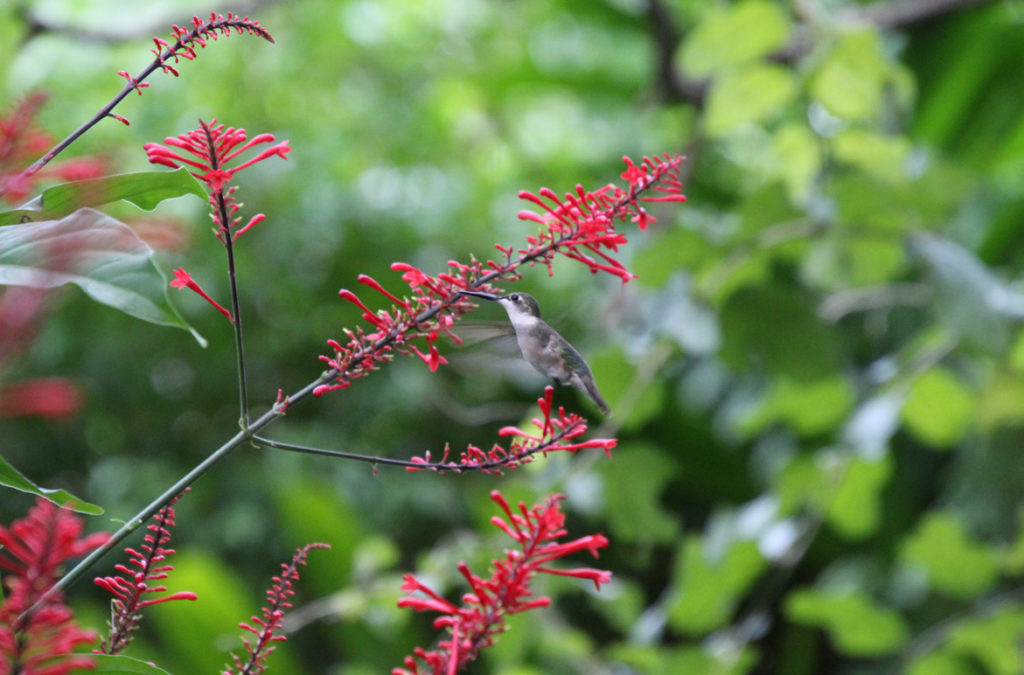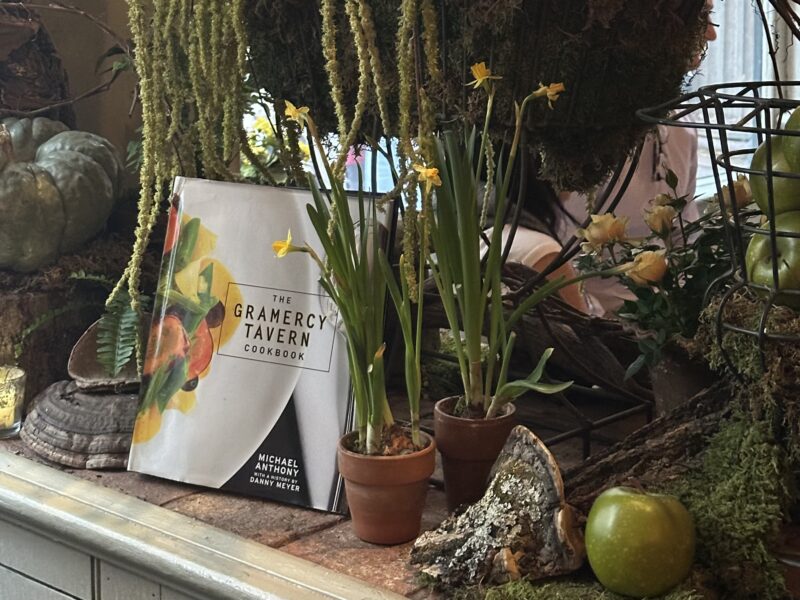Pictured Above: The giant swallowtail is North America’s largest butterfly species.
Baron Reichenbach | The Crow’s Nest
By Baron Reichenbach
Do you want to add some extra life and color to your backyard, balcony or anywhere outdoors where you have plants?
Over a decade of hobbyist family gardening, I’ve picked up some useful tips for advertising to Florida’s more colorful, and often seasonal, birds and butterflies.
The Overall Approach
Two key elements to all of these tips are patience and a holistic approach to gardening.
It isn’t enough to just plant certain flowers. Gardening for wildlife means creating a safe space for all the parts of an ecosystem to grow. For this reason, I avoid using pesticides, herbicides or artificial fertilizers, replacing the latter with mushroom compost.
While you may not see results immediately, they are more than worth the wait. The transition from a group of plants to an interwoven ecosystem can take several years, but will continuously reward you once it’s established as a safe stop for the animals you’re looking to attract. Especially among birds, memory is a powerful tool, and they and their offspring can become an annual presence if your backyard is a suitable space for them.
Butterflies
So far, I have had the pleasure of attracting and raising monarch and queen butterflies, black and giant swallowtails and a number of other native butterfly species.
Blue porterweed and passionvines are Florida-native plants whose flowers attract a variety of swallowtail, fritillary and skipper butterflies. However, key to maintaining their presence are host plants for their caterpillars.
For monarch and queen butterflies, this is exclusively milkweed, which a large group of caterpillars can mow down in a matter of weeks. Several fritillary species, as well as the zebra longwing, will use the passionvine as a host plant in addition to being drawn to its flowers.
Swallowtails are more diverse, with black swallowtails preferring Italian parsley and related plants and giant swallowtails preferring citrus such as wild lime.
Painted Buntings
The adult male painted bunting is often considered the most beautiful bird in North America, with a bright red, blue and green plumage. But in my conversations with other birdwatchers and gardeners, they can be notoriously difficult to attract.
Buntings spend their winter in Florida, often in mating pairs. They prefer dense vegetation, so position a bird feeder next to a dense hedge or bush if you’re looking to create the ideal environment for them. They tend to be timid and skittish, especially in the presence of larger birds.
The painted bunting is currently a protected species under the U.S. Migratory Bird Act.

Baron Reichenbach | The Crow’s Nest
Hummingbirds
As a gardener, wildlife enthusiast and photographer, few moments can compare to encountering a hummingbird in my own backyard. It happened for the first time during the winter of 2015, and they have continued to show up annually as snowbirds, much like buntings.
I’ve found that hummingbirds are most attracted to red firespike and red shrimp plants. While these are not native to Florida, they are safe to plant and attractive to both hummingbirds and butterflies. The same is true of the Mexican red shrimp plant.
Like buntings, hummingbirds are skittish, and often only appear during lulls in the presence of other birds or humans. More so than buntings, they are hyperreactive to sudden changes in their surroundings, making them difficult to watch and photograph.
I hope these tips help you in your journey to attract Florida’s most colorful visitors and residents.

Baron Reichenbach | The Crow’s Nest




Awesome article! Ty
Surprised there’s not one mention of native plants for hummingbirds since there are so many native to use to attract hummingbirds. I know because I have them in my yard and they are attracting hummingbirds: coral honeysuckle all long a chain-link fence, trumpet vine on my outdoor swing arbor, firebush along my side yard and cross vine covering the fenced area around my well and water treatment system. All tubular red vines that hummingbirds love.